Soldiers’ rave reviews

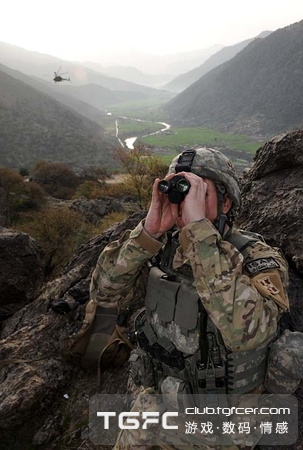
Posted : Sunday May 2, 2010 13:36:23 EDT
PLATE CARRIER
The plate carrier was far and away the biggest hit with the soldiers. Every soldier agreed dropping 4 pounds off the Improved Outer Tactical Vest (plus the 5 pounds of side plates and 2 pounds of other related equipment) felt great. Combine this with the wider openings at the neck and arms for better range of motion and cooling, and the Eagle MBAV-A was a slam dunk. Move faster, breathe easier and shoot better, solders often said. The modular nature of the MBAV means commanders can up the level of protection or reduce weight with the use or omission of side plates, side soft armor and PALS cummerbund. These were so effective that the brigade commander, Col. Randy George, talked the REF into delivering enough to outfit his entire fighting force by December.
MULTICAM
Always in the soldiers’ top three gear favorites, MutiCam made 2-12th Infantry nearly invisible to the enemy, air support and even each other. Staff Sgt. Dennis Famisan said he’d only be able to discern men in MultiCam from the rocks if he caught the glint of their sunglasses, “Without their eye protection, I can’t even spot my guys. If they are sitting down next to a big rock or something pulling security, you can barely see them.”
MARK 48
Leaders and gunners were big fans of the lightweight Mark 48 7.62mm machine gun. It was made for Special Operations Command, and the Army is using them as a stopgap measure until its M240L is fielded. The MK48 is about 9 pounds lighter and nine inches shorter than the M240B, while giving up only a 3 percent decrease in maximum effective range.
BOOTS
Leaders of 4th Brigade Combat Team, 4th Infantry Division, knew that footwear would be a critical element in the health and performance of the fighting force. They had already been issued and trained with the Army’s mountain combat boot when the Asymmetric Warfare Group and Rapid Equipping Force brought them 500 pairs of Merrell Chameleon light hiking boots. This is an odd one because the Chameleon is practically a sneaker in boot’s clothing. It’s super light and has a supple sole when compared with a true backpacking boot. The lighter boots don’t offer much stability or protection. Despite this, the soldiers loved them for their lightness and traction — right up to the point the soles split and the tread wore away after less than a couple of months, in most cases.
The brigade decided to replace the boots with a heavier duty, longer lasting model. Because the unit was deployed and the REF had an office in Bagram they were able to end run the Berry Amendment and spend up to $1 million on boots that weren’t made in the U.S. They ended up buying thousands of boots favored by the Army Rangers, including boots from Scarpa, Asolo, Kayland and Lowa.
The brigade also put out guidance allowing the men to use any boot that they wanted if the issued hiking boots didn’t fit properly. “I told them that I don’t care what they wear [for boots],” said George, the 4-4 commander, “but I don’t like them having to buy it.” This added a bunch of Garmont, REI and other brands to the mix. Nearly every soldier liked his boots downrange.
The only boot that got panned was the Army’s own mountain combat boot. Soldiers said it was too hot for summer and too heavy for the steeps. One soldier told Army Times he traded a pair for a new uniform, and another traded his for a case of cigarettes from a local Afghan base worker.
SOCKS
Smartwool socks were popular among the men before the AWG/REF gave them out. They were a winner for hygiene and comfort through the summer heat and winter cold. The brigade bought a few thousand more in February. The merino wool socks are naturally anti-microbial and can be sweated in for days without stinking; this meant a lot to guys living in close quarters in remote combat outposts.
PACK

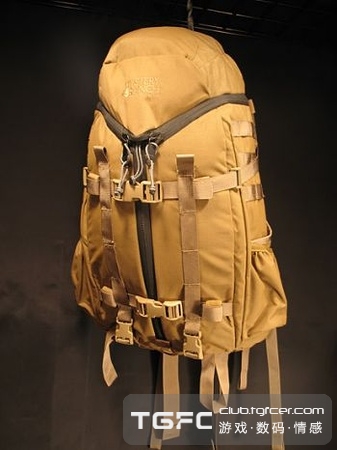
Medics and radio guys found the Mystery Ranch 3 Day Assault pack, a SOCom staple, tough and easy to get in and out of thanks to its unique tri-zip design. They also said the side bolsters worked and the pack was a good fit with body armor. First Lt. Chris Capaso, a platoon leader, liked the pack but found his ASIP radio too small for the internal radio harness.
WEAPONS ACCESSORIES

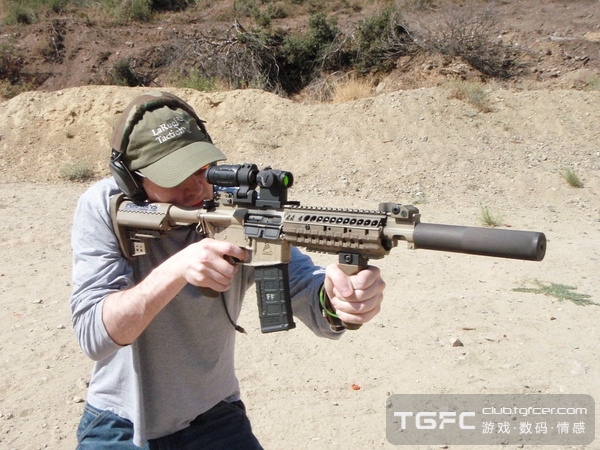
Flashlight and optics. Most of the Aimpoint T1 Micros given to 2-12th by the REF wound up back in the armory. The soldiers said engagements always seemed be at the maximum effective range of the M4 or just beyond. The non-magnified T1 is bright, tiny and fast, but it’s a close-combat optic. Soldiers preferred the simplicity of a single optic over the flexible but slightly cumbersome 3x magnifier attachment. Perhaps if the soldiers were still clearing buildings they’d have kept them, but the Trijicon 4x Advanced Combat Optical Gunsight, while not as flexible, was better suited for their fight.
A few guys in each squad carried an M600 Scout Light. They used the infrared light to point out targets or hazards as they moved under night-vision goggles on moonless nights. Once they go to infrared light, they have to use the older, larger and heavier incandescent heads, since the smaller LED heads produce no infrared light.
BASE LAYER
Smartwool base layers got thumbs up for the same reasons as their socks. They don’t need as much laundering, so you need fewer.
SHELTER


Mountain Hardwear’s Ultralamina 45 bags shave ounces by using a nontraditional zipper arrangement. Two half-zips at the top instead of a long side zip means better insulation at the lower extremities. The unit also had a bunch of Mountain Hardwear Phantom 45s, 1-pound down bags. Both were favored over the Army’s sleep system. When used with Nemo Equipment’s Gogo SE bivouac tent, the men were comfortable sleeping on exposed mountaintop observation posts through the winter in skivvies — and that says something.
KNEE PADS

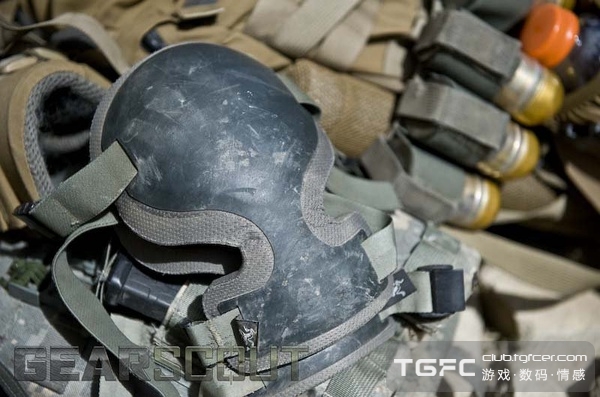
Arc’teryx Knee Caps were originally developed as skiers’ knee pads. They are the thinnest and lightest strap-on knee pads on the market. Soldiers said they held up, stayed up and did the job at one-third of the weight of standard promotion pads. Some even fit them inside the knee pad pockets of their ACU pants.
MAGAZINES

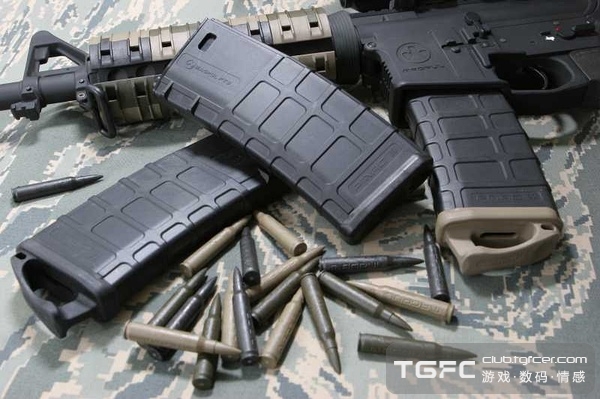
Magpull P-MAGs work in combat. Capt. Timothy Eastman gave his evaluation: “I wish we had gotten a full set of P-MAGs for all the guys. They’re much more reliable than the standard-issue magazines as far as not falling apart and breaking mid-mission. They’re plastic; they don’t clink against all your other stuff. The bottoms don’t fall out like on the GI mags.”
GPS

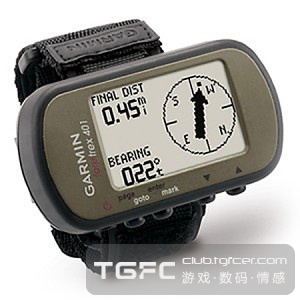
One of the few misses was the Suunto X10 GPS watch. It didn’t hold up. The cases fell apart, the rechargeable battery was a pain, and battery life was not up to the rigor of all-day combat ops. It was also slow to find positions and awkward to use.
Garmin Foretrex units are commonly used and adored. The soldiers didn’t really navigate with them so much as use them as fast and simple references for passing positions and front-line traces.













